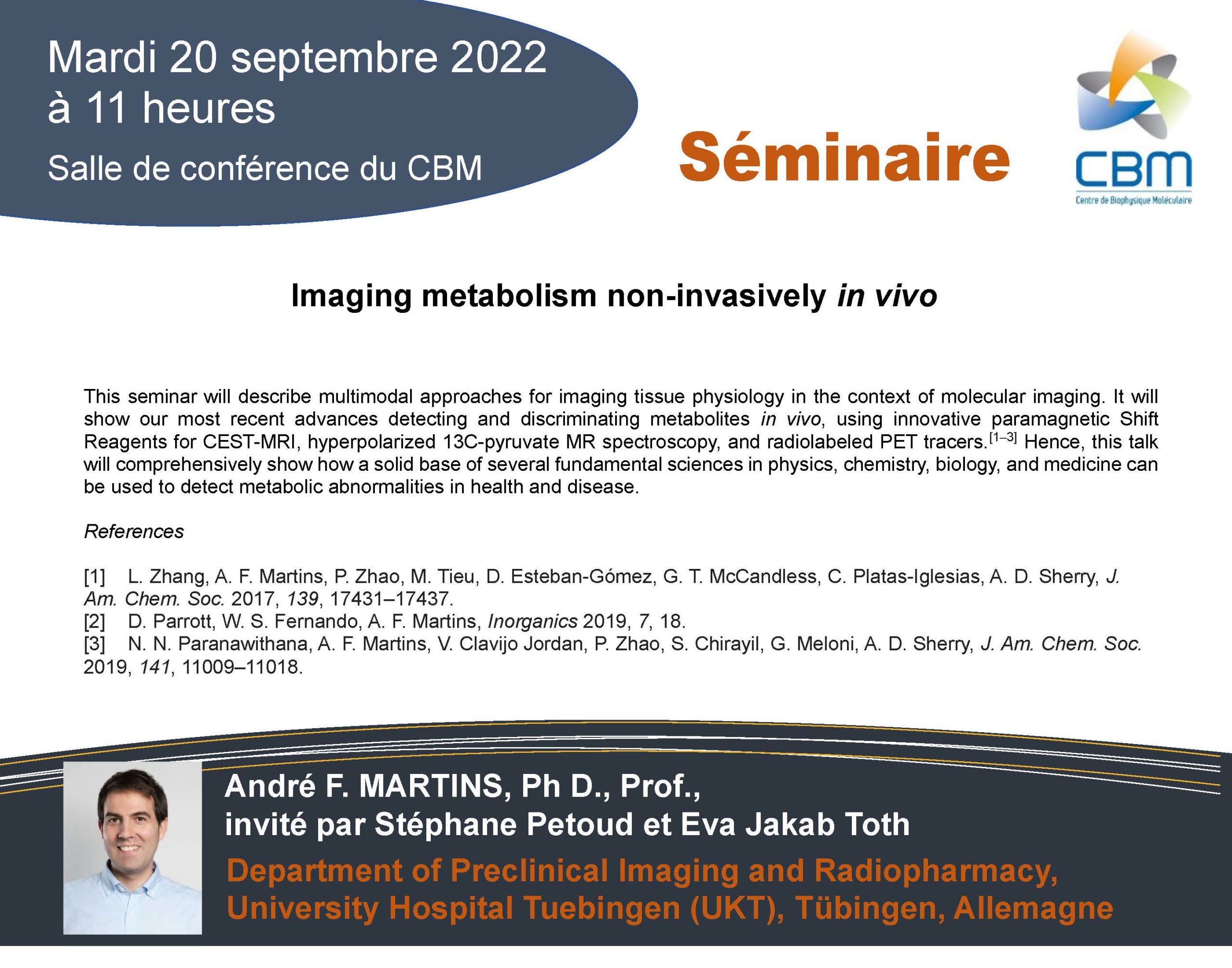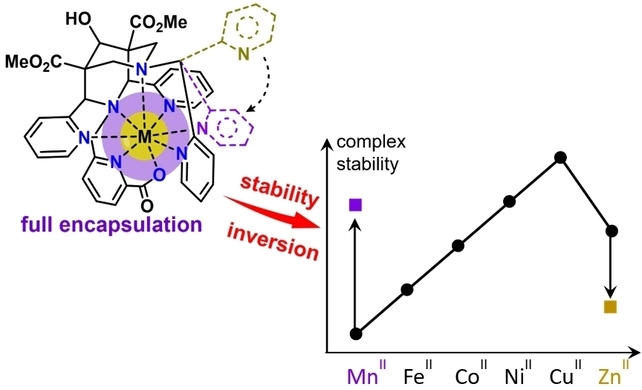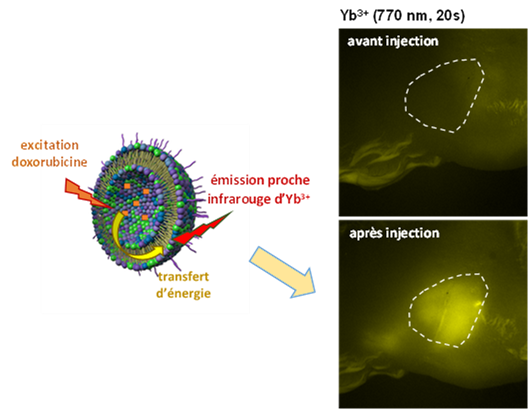Eva Jakab Toth, co-leader of the "Metal complexes and MRI" group, received the "Torsten Almén" Award for her pioneering research on contrast agents, from the "Contrast Media Research" committee of the World Molecular Imaging Society (WMIS).
This biannual prize rewards unique research activities that have shaped the field of contrast agents. Torsten Almén was a pioneer in the field of non-ionic contrast agents for radiography. His work forever revolutionized the research and clinical use of X-ray imaging agents. In the same spirit, the committee specifically identified "the creativity of the preclinical and translational work of Eva Jakab Toth, in the design, deep characterization and application of paramagnetic MRI contrast agents".
Eva Jakab Toth gave the “Torsten Almén Medal Award” lecture at the 2022 « Contrast Media Research » Symposium in Annapolis, Maryland (August 21-25, 2022).








